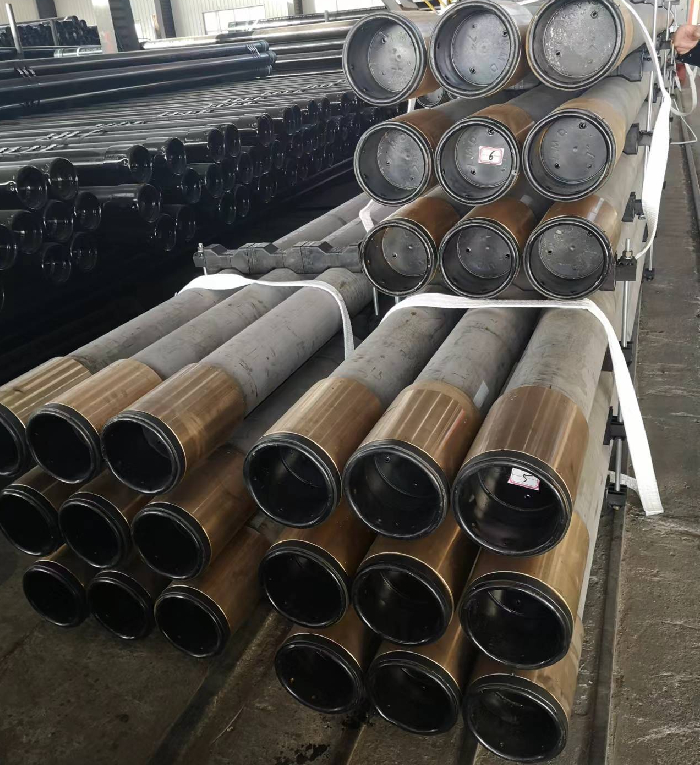- Afrikaans
- Albanian
- Amharic
- Arabic
- Armenian
- Azerbaijani
- Basque
- Belarusian
- Bengali
- Bosnian
- Bulgarian
- Catalan
- Cebuano
- Corsican
- Croatian
- Czech
- Danish
- Dutch
- English
- Esperanto
- Estonian
- Finnish
- French
- Frisian
- Galician
- Georgian
- German
- Greek
- Gujarati
- Haitian Creole
- hausa
- hawaiian
- Hebrew
- Hindi
- Miao
- Hungarian
- Icelandic
- igbo
- Indonesian
- irish
- Italian
- Japanese
- Javanese
- Kannada
- kazakh
- Khmer
- Rwandese
- Korean
- Kurdish
- Kyrgyz
- Lao
- Latin
- Latvian
- Lithuanian
- Luxembourgish
- Macedonian
- Malgashi
- Malay
- Malayalam
- Maltese
- Maori
- Marathi
- Mongolian
- Myanmar
- Nepali
- Norwegian
- Norwegian
- Occitan
- Pashto
- Persian
- Polish
- Portuguese
- Punjabi
- Romanian
- Russian
- Samoan
- Scottish Gaelic
- Serbian
- Sesotho
- Shona
- Sindhi
- Sinhala
- Slovak
- Slovenian
- Somali
- Spanish
- Sundanese
- Swahili
- Swedish
- Tagalog
- Tajik
- Tamil
- Tatar
- Telugu
- Thai
- Turkish
- Turkmen
- Ukrainian
- Urdu
- Uighur
- Uzbek
- Vietnamese
- Welsh
- Bantu
- Yiddish
- Yoruba
- Zulu
what is the difference between casing and tubing?
Understanding the Difference Between Casing and Tubing in Oil and Gas Operations
In the realm of oil and gas extraction, the terminology surrounding drilling and the infrastructure used can often be confusing. Two of the most critical components of this infrastructure are casing and tubing. While both are essential for the safe and efficient extraction of hydrocarbons, they serve different purposes and are installed at different stages of the drilling process. Understanding the distinctions between casing and tubing is vital for anyone involved in the industry, from engineers to geologists.
What is Casing?
Casing is a series of pipes that are cemented into the wellbore. It is a crucial structural component of the well, designed to support the walls of the borehole and prevent it from collapsing. The casing also isolates different geological formations to prevent fluids from mixing and to protect freshwater aquifers from contamination by oil, gas, and drilling fluids.
Casing is typically installed in sections, known as casing strings, which are lowered into the well after drilling to a certain depth. The most common types of casing include surface casing, intermediate casing, and production casing.
- Surface Casing This is the first layer of casing installed, extending from the surface down to a certain depth. Its primary purpose is to provide support and stability for the upper part of the well and to protect against environmental hazards.
- Intermediate Casing Installed at greater depths, this casing section is used to manage pressure zones or to seal off formations that may contain natural gas or other fluids that could compromise the well's integrity.
- Production Casing This casing runs the entire length of the well down to the production zone and is designed to withstand high pressures typical in oil and gas formations.
The casing is cemented in place to ensure a robust seal with the formation, which is critical for the overall safety and efficiency of the drilling operation
.What is Tubing?
what is the difference between casing and tubing?

In contrast to casing, tubing is a smaller diameter pipe installed inside the well casing. Its primary purpose is to facilitate the production of oil and gas to the surface. Tubing serves as the channel through which the hydrocarbons flow once the well is in production.
The installation of tubing happens after the casing has been cemented. The tubing is generally made from steel or other robust materials to withstand the pressure and corrosive nature of the fluids it will transport. Tubing can be removed and replaced with relative ease compared to casing, allowing for maintenance and repairs without the need for drilling a new well.
Key Differences
Here are the primary differences between casing and tubing
1. Function Casing is structural and protective, preventing well collapse and fluid contamination, while tubing is for moving extracted oil and gas to the surface.
2. Installation Stage Casing is installed after the drilling process, whereas tubing is installed after the casing has set in place.
3. Diameter Casing typically has a larger diameter compared to tubing, allowing it to house the tubing as well as provide structural integrity.
4. Material and Durability Both casing and tubing must be made of durable materials; however, tubing is often designed specifically to handle the corrosive properties of hydrocarbons and the high temperatures and pressures found in production zones.
Conclusion
In summary, while casing and tubing are both vital components of the oil and gas extraction process, they play distinctly different roles. Casing is primarily concerned with structural integrity and protection against environmental hazards, while tubing is focused on the efficient flow of oil and gas from the reservoir to the surface. Understanding these differences is essential for optimizing drilling operations and ensuring environmental safety in the extraction of valuable natural resources.
-
Tubing Pup Joints: Essential Components for Oil and Gas OperationsNewsJul.10,2025
-
Pup Joints: Essential Components for Reliable Drilling OperationsNewsJul.10,2025
-
Pipe Couplings: Connecting Your World EfficientlyNewsJul.10,2025
-
Mastering Oilfield Operations with Quality Tubing and CasingNewsJul.10,2025
-
High-Quality Casing Couplings for Every NeedNewsJul.10,2025
-
Boost Your Drilling Efficiency with Premium Crossover Tools & Seating NipplesNewsJul.10,2025







